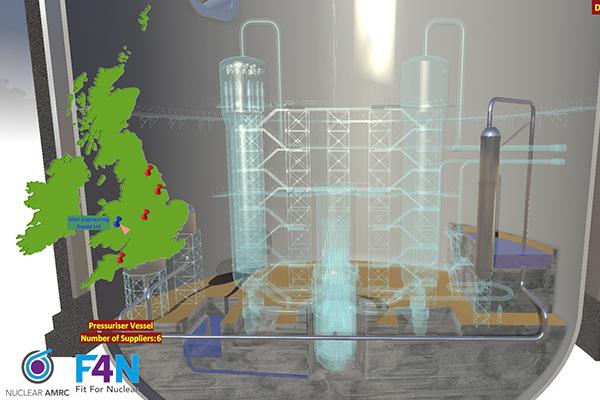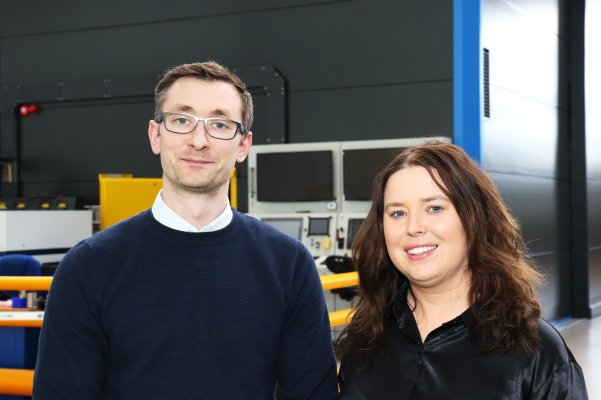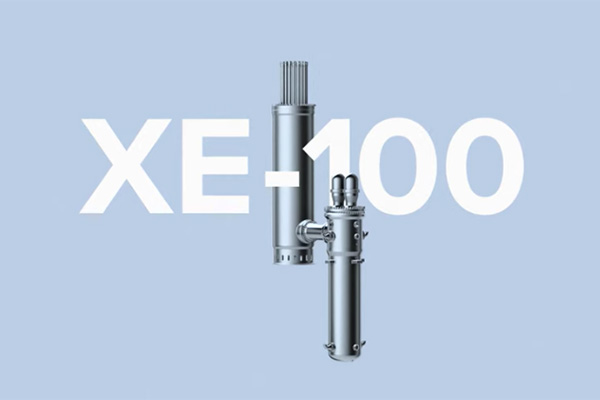The Nuclear AMRC and Nuclear Industry Association (NIA) are working together to map future contract opportunities in the nuclear market, and help match manufacturers with relevant work packages.
The Nuclear AMRC has secured funding from Innovate UK, through the High Value Manufacturing Catapult, to create a robust model of future demand for UK nuclear manufacturing. The model will help manufacturers identify work packages which they can bid for, and allow R&D and support to be focused on areas of the greatest value to the UK supply chain.
The demand model will build on work carried out by NIA industrial advisors Glen Little and Chris Savage over the past year to create an initial database of future contract opportunities across the nuclear sector, including new build, decommissioning and naval.
“Our work to build a picture of the demand profile for new nuclear plants and detailed work packages was a necessary first step to understanding what future opportunities will look like for the UK’s supply chain,” says Savage.
“The next stage will be to match these against the capabilities of UK companies, so we can identify where the opportunities are for the UK and to design targeted interventions where required.”
The initial project will focus on particular commodity requirements for a representative new build project. The modelling methodology can then be extended to cover the full range of commodities and components for the new build programme, as well as the requirements of the decommissioning and submarine programmes.
“The demand model will give us visibility of the supply chain opportunities for the next 20 to 30 years, which will allow us to match the best suppliers to those opportunities,” says Helen Arthur, supply chain development programme manager at the Nuclear AMRC. “It will provide a long-term view of the schedule for the major nuclear programmes, and make sure that suppliers are ready to bid for work packages when they go out to tender.”
The work could also provide valuable information to inform government about where strategic interventions from Whitehall can help address capability gaps in the UK’s nuclear supply chain.
The NIA has also joined the Nuclear AMRC as a tier one member. The two organisations will work closely together to share knowledge on the nuclear industry, focusing on demand modelling and other initiatives that will benefit the whole UK supply chain.

Virtual demand modelling
The Nuclear AMRC’s visualisation specialists are combining demand model data with a virtual model of a complete reactor system, to create an interactive and intuitive tool for supply chain development.
The prototype system (pictured above) combines a generic reactor design with historic market information about which UK manufacturers have the capabilities to produce each component. The detailed 3D virtual model allows the reactor to be broken down into its sections, components and commodity types, and identifies suppliers capable of producing each system.
Research engineer Craig Hamer says the vision is to integrate the visualisation tool with real reactor designs, live data of supply chain capability and capacity, and the demand model data being developed in collaboration with the NIA. That will give developers, suppliers and other stakeholders an intuitive, interactive tool for understanding specifications, identifying potential supply chain partners, and showcasing domestic involvement in new build projects.
The prototype system has been demonstrated at industry events including a High Value Manufacturing Catapult reception at the House of Commons.




